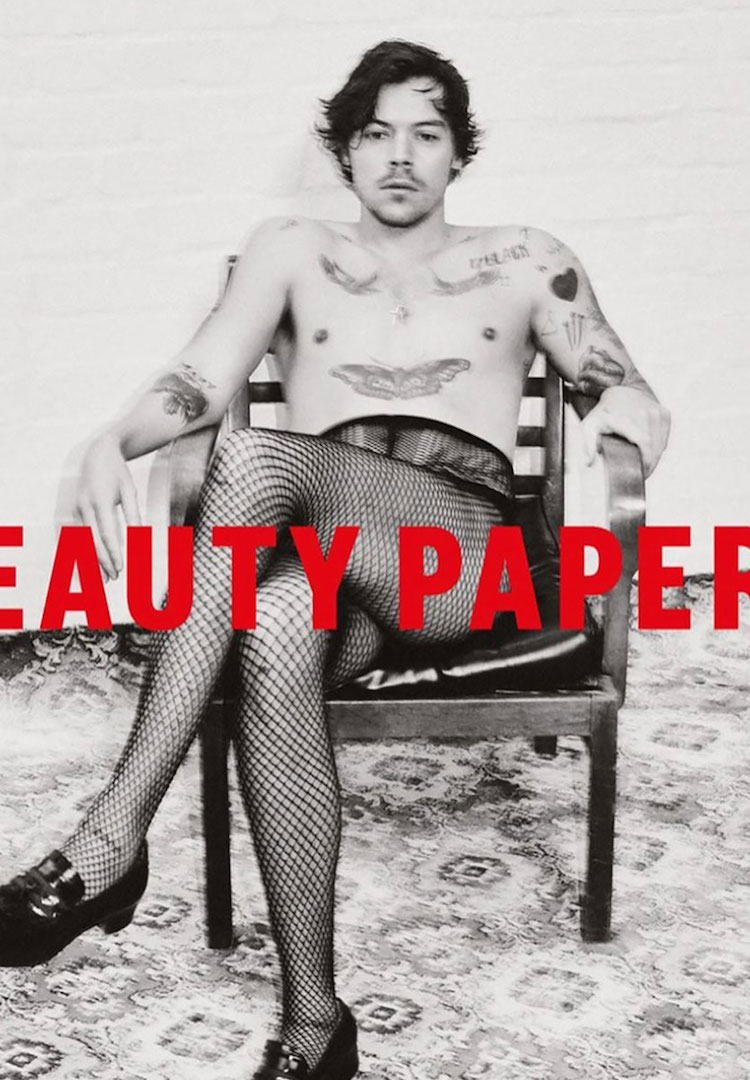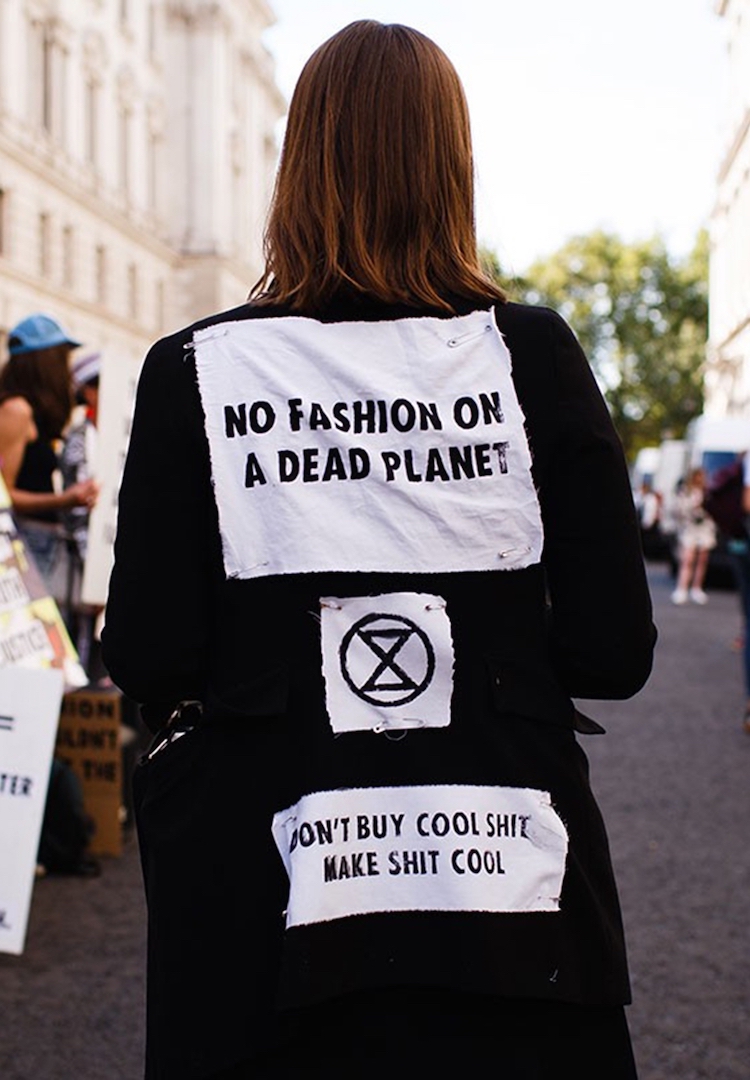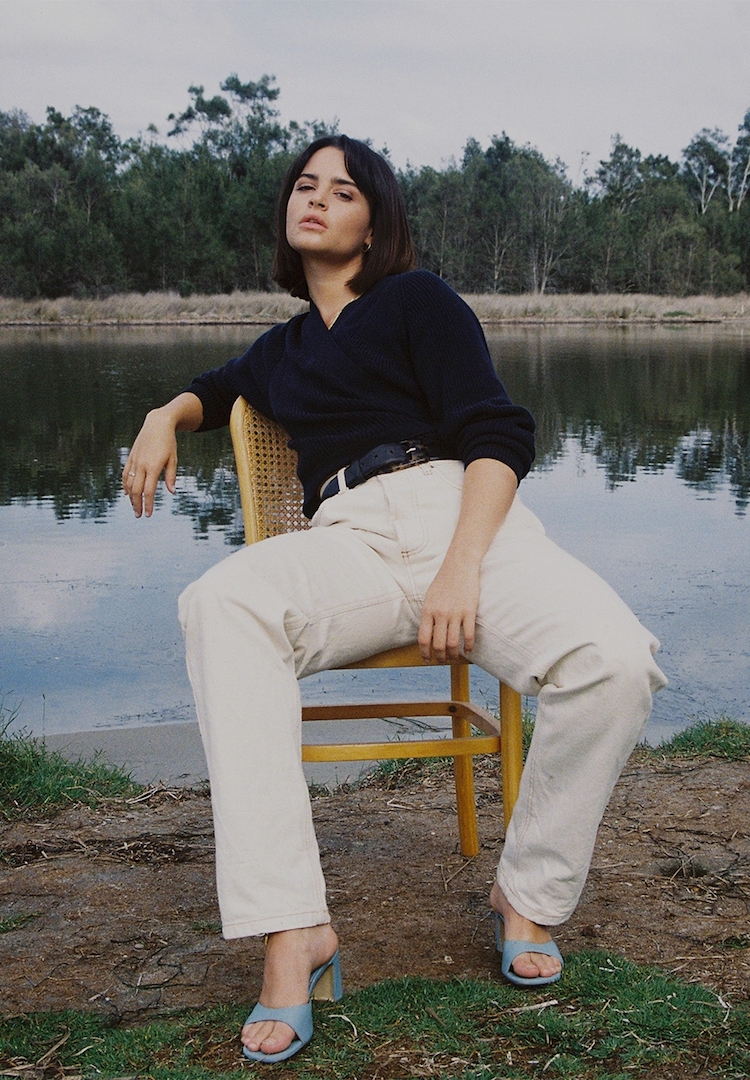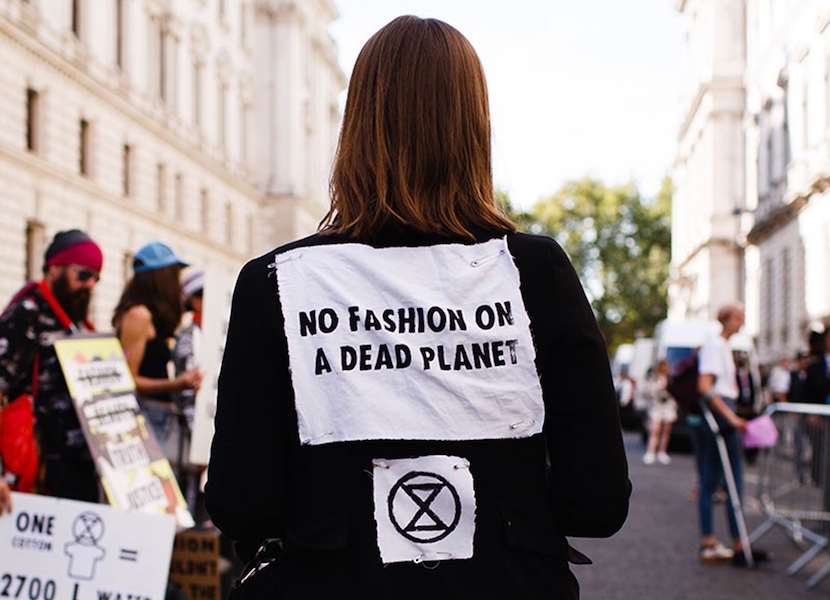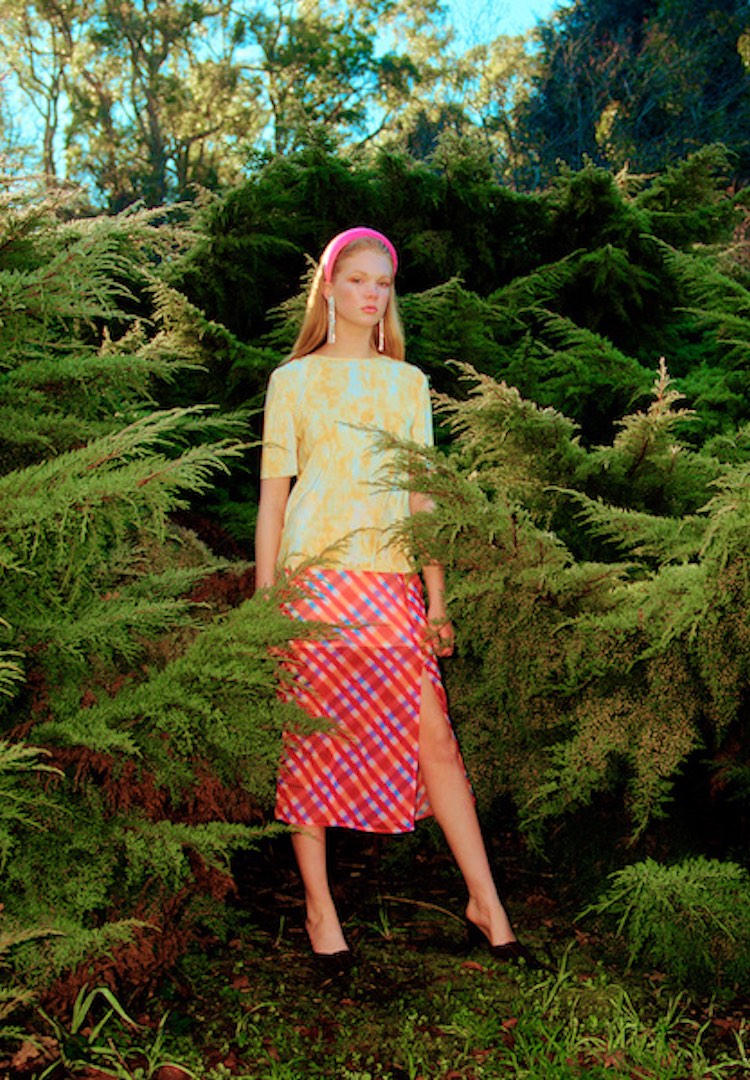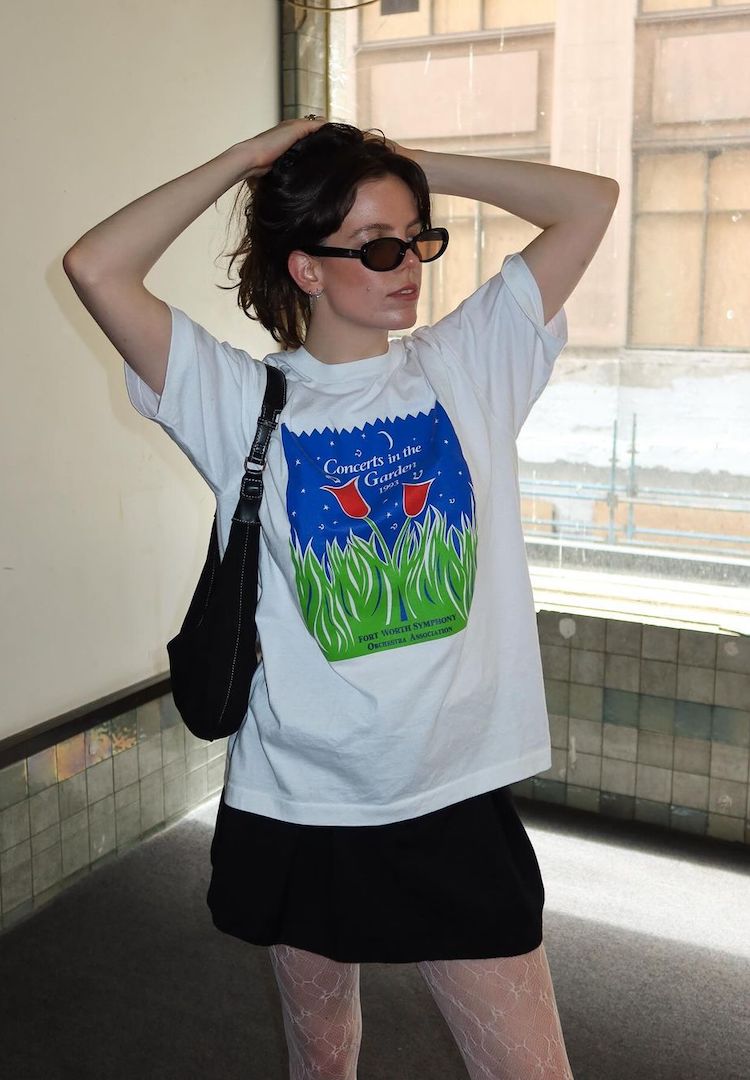How the current state of the world provides the fashion industry with an opportunity for a better future
Image via Highsnobiety
Words by Bianca O’Neill
The times they are a-changin’.
I think we can all agree that so far 2020 hasn’t quite been the fresh start we were hoping for.
Following Australia’s devastating bushfire season, much of the prevailing media discussion has centred around supporting local businesses, and the role that sustainability can play in the wider fight to reduce the impacts of global warming. It’s invoked a greater discussion about the role that consumption plays in climate change – and in particular, the fashion industry’s lag in promoting sustainable practices.
And now, over the last month, we’ve seen coronavirus spread across the globe, setting off a chain reaction of business and event closures both here and abroad. Unsurprisingly, with the virus taking hold in China, discussion at the Virgin Australia Melbourne Fashion Festival Australian Fashion Summit last Friday centred around the effects on fashion businesses who manufacture overseas, and the short-term impacts such an event could have on upcoming stock deliveries.
As the coronavirus pandemic continues to evolve day to day, its effects on the local industry are already being felt. Shops are generally empty, and retailers are having to respond in real-time with home delivery options and hygiene assurances. I’ve heard stories about local designers having large orders cancelled, and being left with thousands of dollars of excess stock.
“None of us know what’s going to happen,” said local designer Rebecca Vallance at the Summit, regarding her upcoming stock drop being already two weeks delayed from their Chinese manufacturer. “We’ve got to be agile and hope for the best.”
Agility is one thing, but how can the industry safeguard against this happening again? Stories of delayed stock may provide a much-needed change in perspective for designers, highlighting the need for more local manufacturing. Perhaps there is a glimmer of hope in all the bad news; this unprecedented disaster may yet provide us with the push we need to truly imagine a more sustainable future.
At its worst, upheaval like this can cause our favourite creatives, freelancers and businesses to shut their doors. However, at its best, it can also push us to question the status quo, to think of ways we can do things better.
The ongoing climate emergency and the impact of coronavirus has seen social media slowly evolve into a positive shared space for supporting local businesses. Meanwhile, discussions about creating a more environmentally-friendly fashion industry have renewed our focus on producing sustainable products that can weather profit-driven trend cycles.
It’s an agenda that Vogue Australia’s sustainability editor-at-large Clare Press has spent the last few years focusing on. A panellist at the Virgin Australia Melbourne Fashion Festival Australian Fashion Summit, she highlighted the alarming statistic that six out of 10 garments go unsold across the fashion industry each season, and yet there is an increasing push to produce more and more stock to respond to agile social-media-driven micro trends.
Is this how we want our local fashion industry to press on into the future? Trading off their business security for cheaper overseas manufacturing in an uncertain global economy? Buying into the endless sale cycle, churning out micro-trends at heavily discounted prices?
It seems to me that we’ve reached the precipice. Do we jump into the sustainable murkiness, wading through the cautious waters of change or do we continue on, likely destroying the very industry we are trying to protect?
Anxious times are often a dog whistle for bunkering down and maintaining the status quo, but they can also be an opportunity for those who seek to create a revolution. And while I’m optimistic that our industry can recover in the short term from this upheaval, I also hope that they understand that they’re in it for the long haul.
Social media posts about home delivery options and hand-sanitiser-doused packaging just aren’t enough. The tide is changing – and how they choose to change with it will be the key to their survival.
Follow Bianca’s fashion commentary over on Instagram at @bianca.oneill

